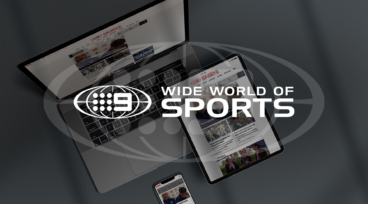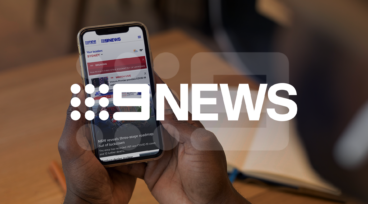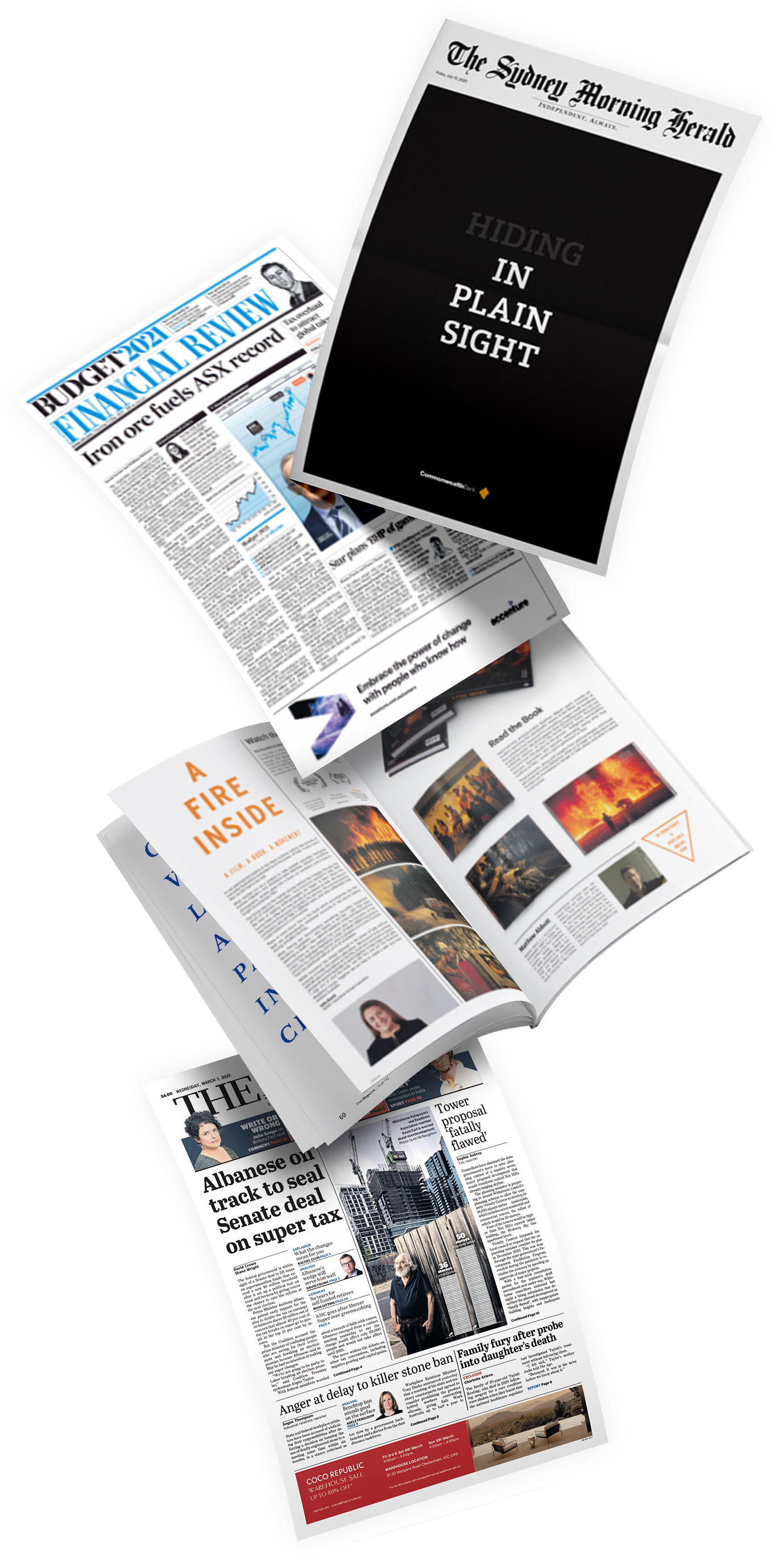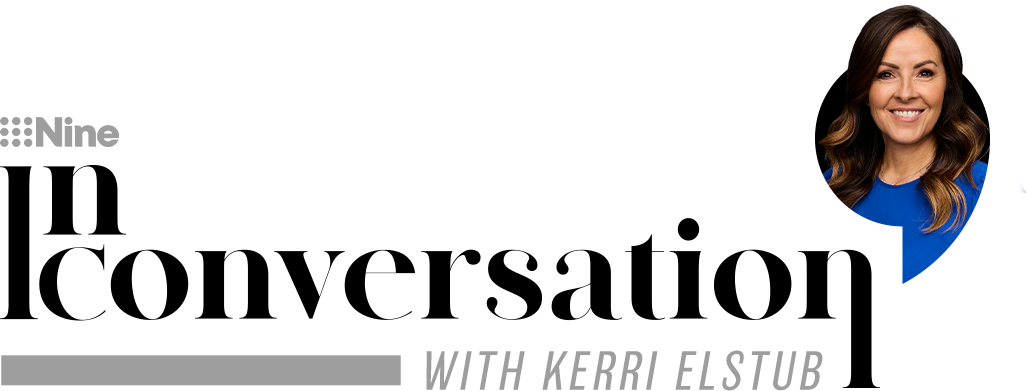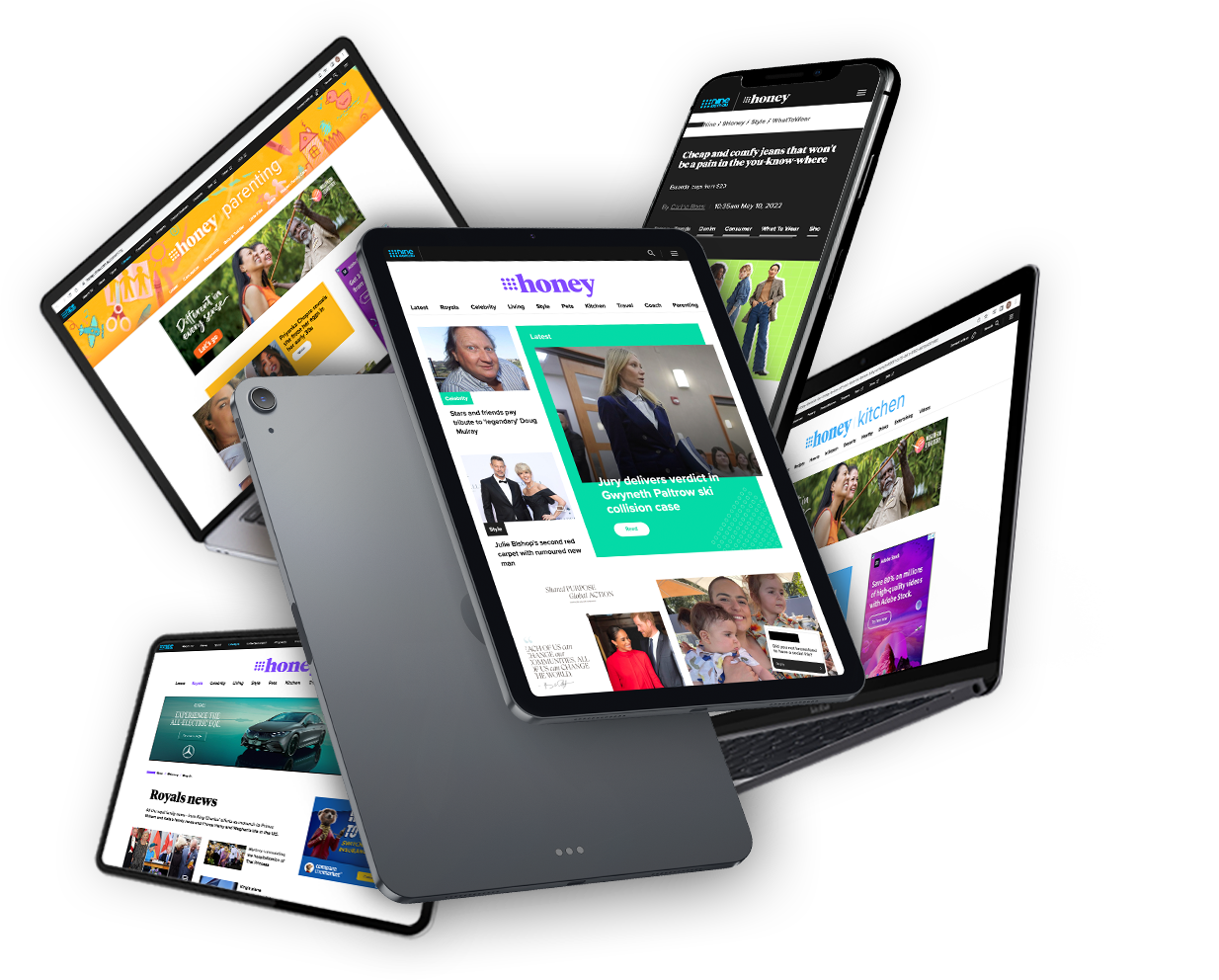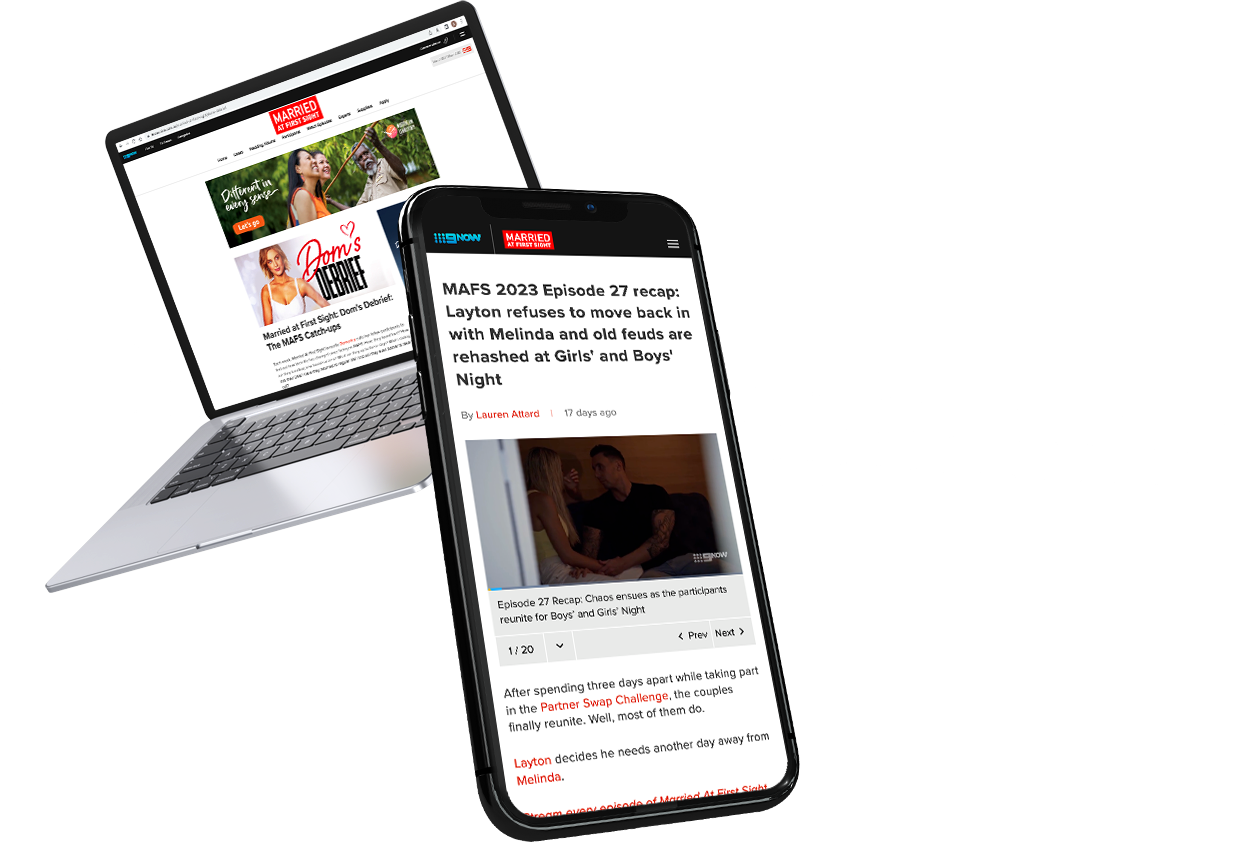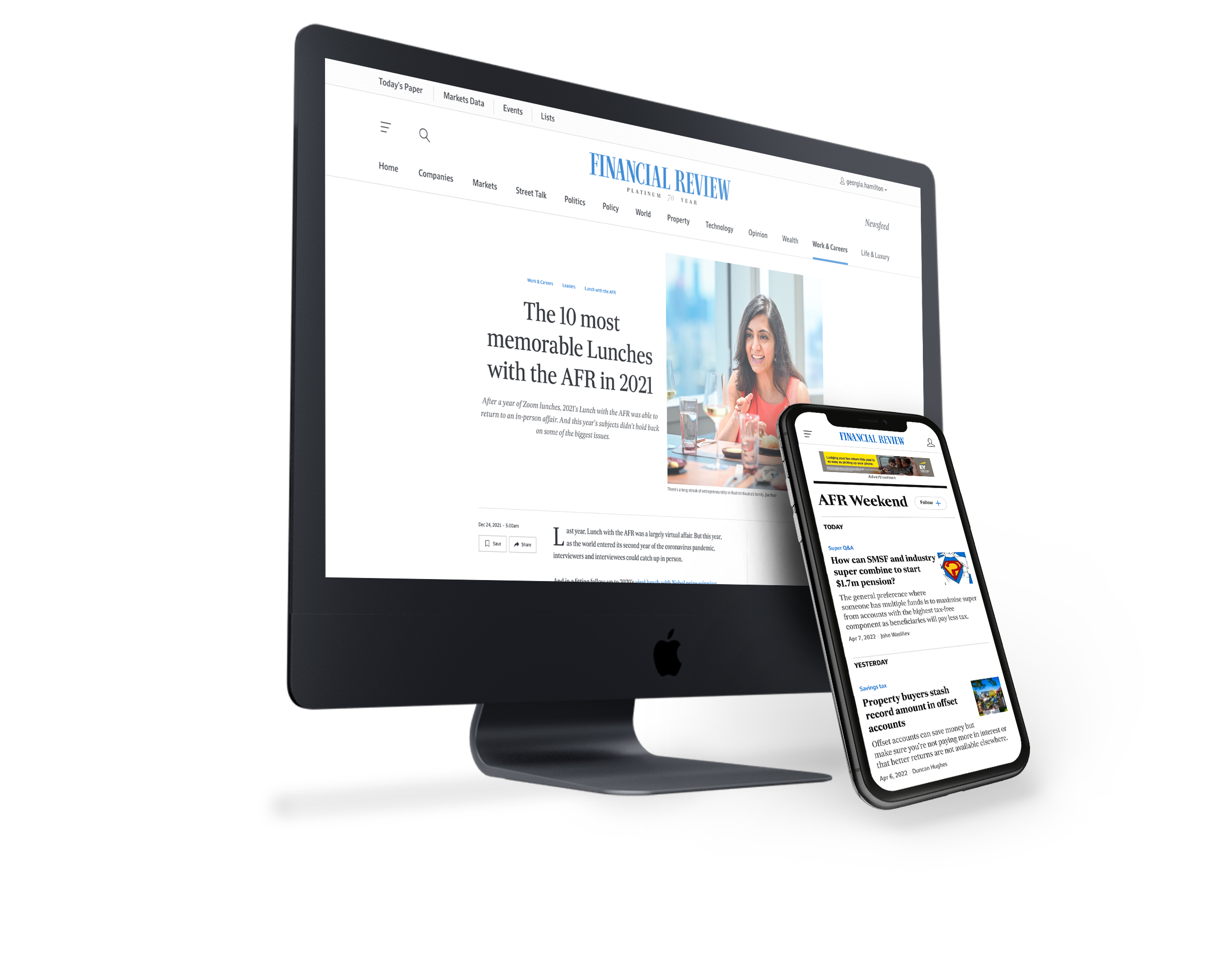



Insuring the Future: Balancing Heritage and Innovation in Customer Experience
'Doing the basics brilliantly' in the insurance category
Michelle Klein, Chief Customer and Marketing Officer of IAG, prides herself and her team on “doing the basics brilliantly” while providing an innovative experience for customers.
Customer expectation
Speaking to Nine CMO Liana Dubois on the latest episode of the Talking Media podcast, Klein said: “The experience and expectations a customer is looking for in your brand or business to deliver are usually quite straightforward.”
She noted that customers want clear information, and the ability to trust that a brand or company will deliver on its promises and provide excellent service.
Escalator theory
Klein explained that the relationship with customers is an “ongoing exchange and interaction” and built a picture of customer expectations as an escalator.
“Just as you think you’ve defined the ultimate experience for a customer in your category, something changes in technology or the world that makes that expectation go one step up on the escalator.
“Now you can book a taxi on your phone, you can see the world’s greatest hotel network in Airbnb on a single app, and easily live in somebody’s house without having to ever meet them. Even though we’re in insurance, those expectations of the experience apply.
24/7 job
“We’ve got to start by fundamentally looking at what we do, what we say we’re going to deliver, and do it really, really well.”
Dubois acknowledged that customer service “is a 24/7 job” and every touch point and engagement contributes to the consumer’s experience of a brand.
Klein agreed and noted that consumers now have greater access to businesses through innovative tech and social media channels where customers can share feedback and frustrations.
She said: “It’s trying to think about the life of the customer that’s 24/7 and also digitalised, so adapting your business model delivery towards that is so important.”
Human touch
Dubois pointed out that, unlike her category of media and content, “insurance is low interest until it’s high emotion”.
Klein agreed and emphasised the importance of the human touch for customer experience in the insurance category.
She noted that insurance can be a “set and forget”, “transactional and rational” purchase until it is needed, which pivots the customer experience to a human and highly emotive one.
“I’ve been talking about this quite a lot lately, the conversation around AI and AI-enabling and simplifying and making things more efficient and effective. In those moments, that’s really where you want to speak to a human being. You don’t want to talk to a chatbot.”
Transparent and authentic
Dubois asked Klein about finding the balance and boundary between leveraging data effectively and efficiently to create personalised experiences while being mindful of privacy legislation, particularly as an insurance company.
“If people understand why you’re collecting their information and how it’s going to make it better for them, ultimately it’s easier for them to want to give it over to you,” Klein replied.
She noted filling out forms and saving the information so that it is pre-filled for next time as an example.
She also cited being upfront and transparent about why this information is being collected, and positioning some of the marketing consent as a benefit, like being informed of special offers or new products.
“I think it’s really important to create the usefulness around data collection and privacy standards that you are living up to. It’s also about making sure that people understand that a personalised experience is the expectations escalator.
“When you use Netflix, Apple Music, Amazon, it’s highly personalised to you, and therefore if you can look at your business and say, well, how might we explain why personalisation in our business is more impactful for the customer experience, you can create a net positive, and that exchange becomes more valuable.”
Dubois and Klein also discussed transparently and authentically showing up for consumers, referencing the NRMA Insurance's broadcast partnership with Nine of the Olympics and Paralympic Games.
Have a question or comment about this episode? We'd love to hear from you. Please fill in the form.









































